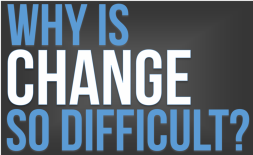 There are four gospels: Matthew, Mark, Luke and John. The gospels are not the same, though some have some overlap between them. They were written in different dates, by different authors. All were first account witnesses or researched directly from first account witnesses (meaning they saw, heard and touched Jesus). This below is a very narrow differentiating of them. And below an additional resource for more notes.
There are four gospels: Matthew, Mark, Luke and John. The gospels are not the same, though some have some overlap between them. They were written in different dates, by different authors. All were first account witnesses or researched directly from first account witnesses (meaning they saw, heard and touched Jesus). This below is a very narrow differentiating of them. And below an additional resource for more notes.
Matthew for Jewish Audience. The disciple of Jesus, also called Levi – Tax Collector. Its purpose is to announce the Kingdom is both present, inaugurated in the birth, life, death and resurrection and exaltation of Jesus and is also coming fully in the future, at Jesus second coming.
Mark earliest gospel written, Peter was the resource, to Christian gentiles. focuses on Jesus miracles – shows Jesus as the Suffering Son of God. Shortest of the gospels.
Luke – also wrote Acts. Written in very literary Greek, the longest of the Gospels, with more detail and more activity. Written by an evangelist. Luke has most interest in the Holy Spirit, as also seen on the book of Acts.
John – Written so that you may believe. Written as an anecdote by John the disciple. Last Gospel written (after the other 3). He also wrote 1,2 and 3rd John and the book of Revelation.
One resources is this: Why Are There Four Gospels Instead of One – Short Article
Other resource: DA Carson’s An Introduction to the New Testament



